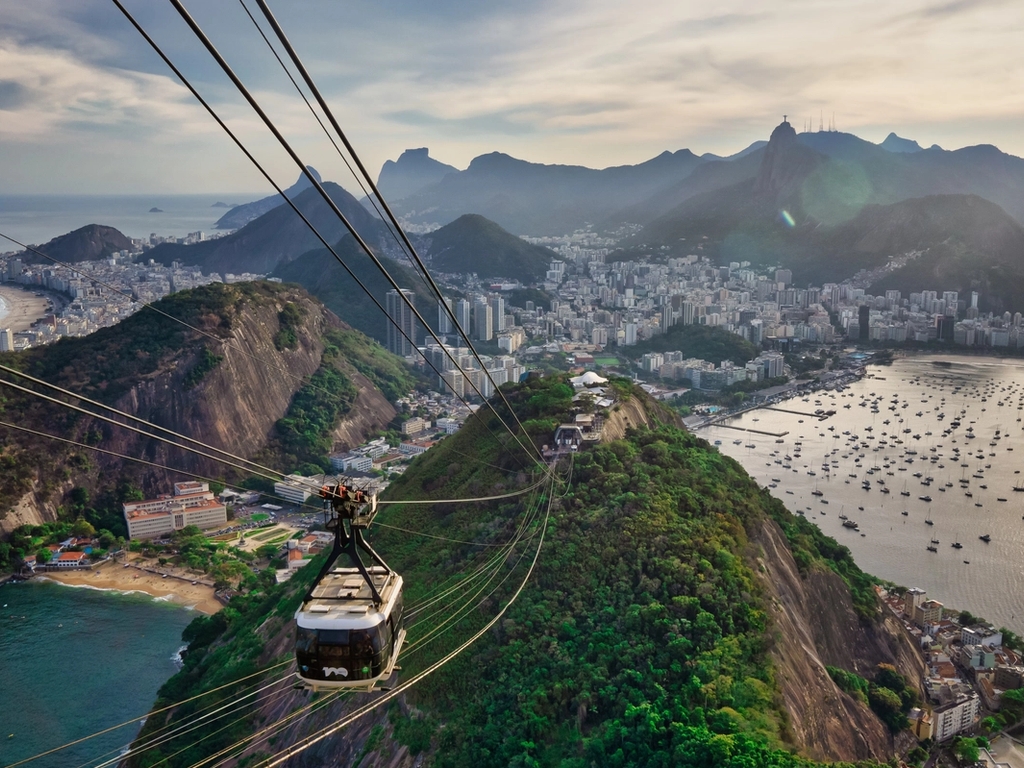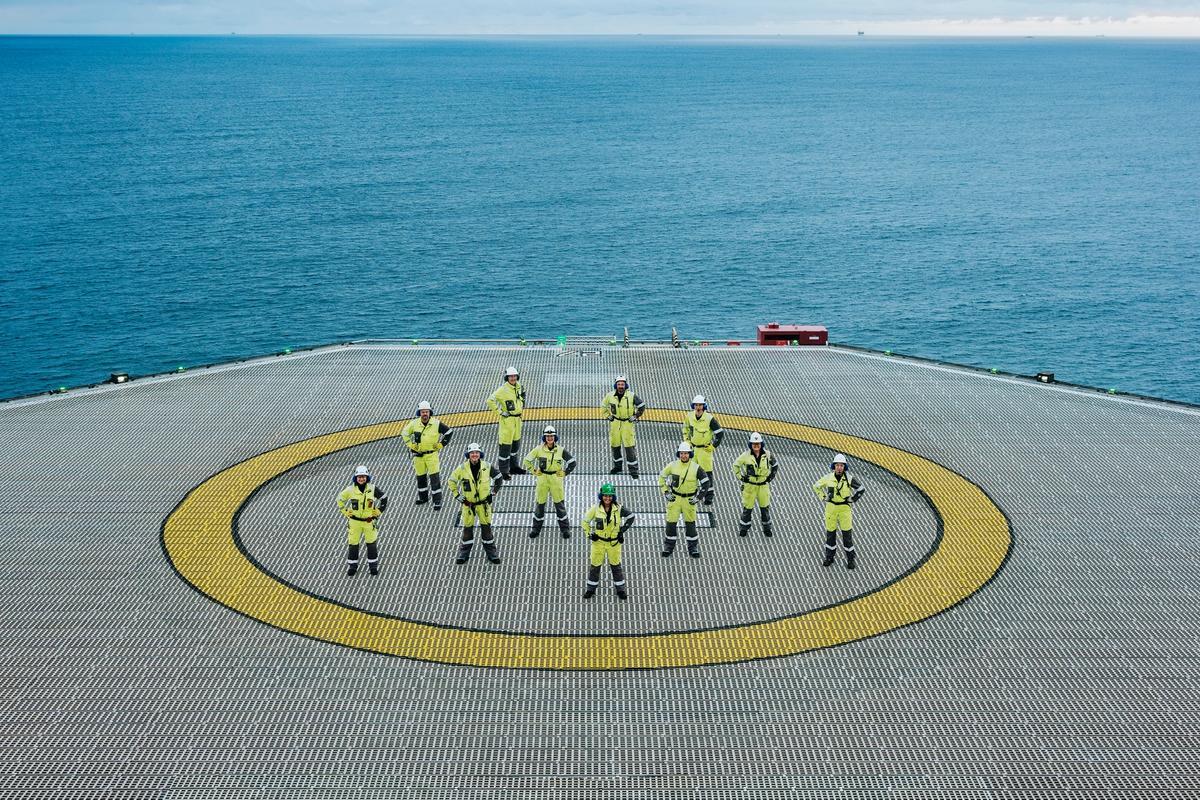In 1998, Norway won 2-1 against Brazil. Now we face a challenge that we must win together.
When Kjetil Rekdal moved towards the penalty mark at the Stade Vélodrome in Marseille in 1998, all of Norway stood still. When the ball hit the goal, people were dancing the samba and the Hallingdance from the North Cape to Lindesnes in the far south. Tiny Norway won a World Cup match against the greatest football nation in history.
Today, Brazil and Norway are on the same team in the biggest challenge of our time: the climate crisis. And together, we will develop new solutions.
Like Norway, Brazil is rich in natural resources. The nation is big in hydropower, it has a continental shelf that shares features with ours, and has good access to renewable resources. Brazil is also developing several forms of energy simultaneously, which is necessary in order for it to meet its target of reducing its climate emissions by 50% by 2030.
Brazil is an important nation for Equinor. For over 20 years, we have collaborated with the world’s fifth largest country on developing energy and new solutions. We are currently producing oil, natural gas and solar energy there– and we’re exploring offshore wind opportunities off the coast of Rio de Janeiro.
In Brazil, we’reutilizing many years of experience from the Norwegian continental shelf. New solutions help reduce production emissions. An important task is to cut emissions from the turbines supplying the platforms with power.
Cooperation is an equally important measure. Though Brazil, unlike Norway, doesn’t have a CO₂ tax, our partners are investing large sums in producing oil and gas with as low emissions as possible.


